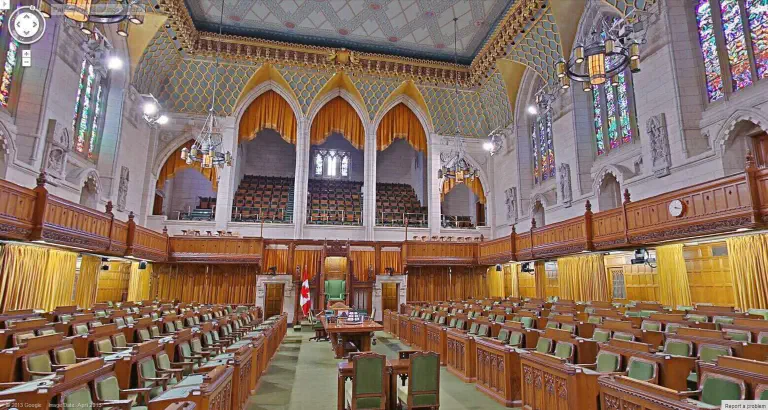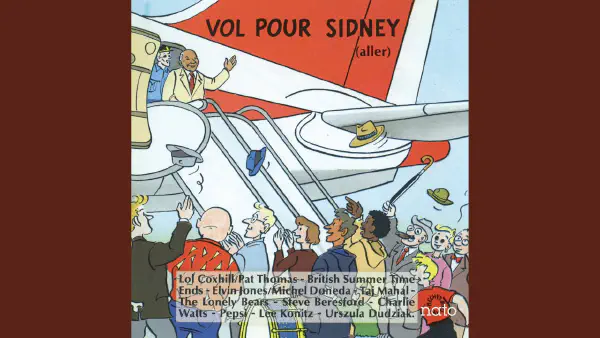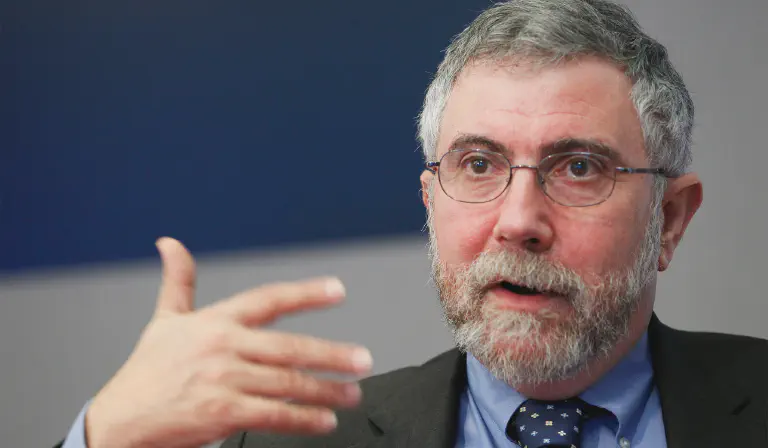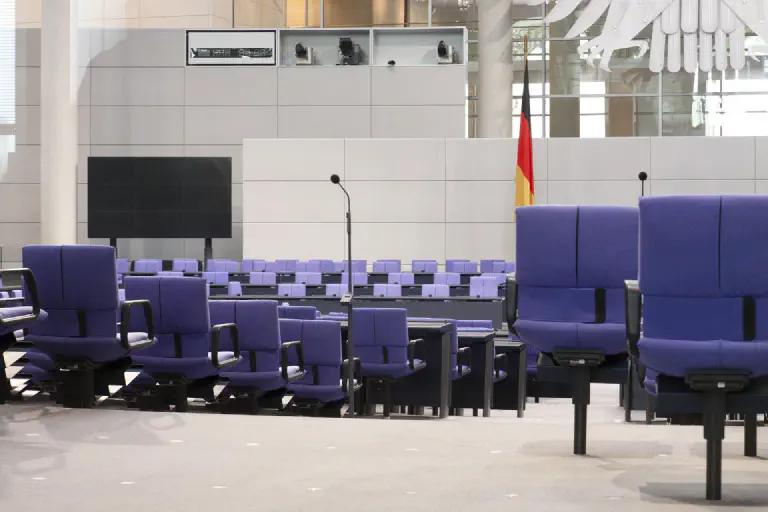Okay, Obama is in the news, he's made friends, he's made headlines, he's made history-he's everywhere. The world stands in awe. Democracy has been authenticated. It's no longer a form of government that claims to champion the cause of the marginalized while craftily concealing the domination of the under-privileged by autocrats and oligarchs---it's the real the thing: true government by popular representation.
And it's clear that people view Obama as a human being--- someone with a conscience, who believes that America stands for democracy, liberty, freedom, and the rule of law. Not just a figure head for the industrial and military complex...
Furthermore, liberals and environmentally conscious people everywhere are reminded that in his victory speech Obama identified climate change as one of the three major issues facing his administration (if you don't know that the other two are the economy and Afghanistan, wake up rumple!) And it certainly seems that we, the world at large are holding our breath...waiting to see what happens next.
So, though I'd like to dedicate the next thousand words or so to Obama, somehow for some inexplicable reason, I'm still thinking in French. I want to know why we passed over Stephane Dion's (Green Shift.) I want to know if we really know what we've gotten ourselves into with our commitment to emission reductions via (intensity-targets?) (Uh ya, what exactly is an intensity-target again?) I want to know if the American cap and trade system is to emissions control as the deregulation of the banking industry has been to the global economy. Because hey, if Obama is going to cure America's (addiction to oil) he might end up looking to our oil sands to do it--cap and trade is on the horizon.
So, if you've read any of my notes thus far, you probably know where I'm going with this...yep no knick-knacking around, I'm going to ponder and postulate until I put my finger on what exactly we threw out in the trash when we punted Dion's Green Shift.
So here it is....a rekindling of the (great debate,) carbon tax vs cap and trade.
The carbon tax, in terms of simplicity, claims superiority over the cap and trade because of three main characteristics, a) its more easily administered, b) its more easily monitored and c) its more consistent and predictable. So for those of you who voted against the liberals because of their overly complicated carbon tax shift---hey even the experts have to admit it's as easy as torte.
The carbon tax begins by charging industry a dollar figure on every ton of emissions. Various organizations have come up with different dollar figures to be phased in at different rates for different lengths of time, with the proceeds being redistributed in different ways.
For example: Yale economist William Nordhaus suggests an optimal figure of $7.40/ton of carbon emission with an annual increase of 2 or 3%, a number he suggests will offset the loss in GDP from carbon control initiatives by reducing damages done to the climate. Gilbert Metcalf of Tufts University suggests $16.60 tax per ton with an annual increase of $2, while the carbon tax center suggests an initial $10 per ton with an annual increase of 10 for a period of 10 years.
The Liberal plan and the carbon tax center were in fact running on the same numbers...they both calculated an optimal figure of $10 per ton of emissions. However, the Liberal plan differs in that it proposes to stop at a figure of $40/ ton, while the carbon center recommends increases for 10 years up to a total of $100 ton...a difference that might provide that one extra iota of popularity...putting Dion's campaign,unfortunately, right up there with...well...asbestos!
So Dion's plan starts with a gradual tax on carbon emissions to the tune of $10 per ton increasing each year by $10 until it reaches the projected level of $40 per Ton. According to the EIA (energy information administration,) emissions total about 2.4 Kg/L, so a tax of $10 per ton should translate somewhere in the range of 3 cents on the litre...now how bad is that? (Note: the BC Liberal carbon tax implemented July 1st, 2008 worked out to about 2.4 cents on the litre of fuel.)
The general idea behind the carbon tax is to achieve revenue neutrality by re-injecting funds back into the economy in areas that lower other taxes. The overall effect is the shift that Mr. Dion talked about...where government funds are generated on the cost of energy and not on general income.
In addition, and also in keeping with general carbon tax initiatives, Dion's tax took measures to address regressive effects by redistributing money to lower income families (ones who's income to carbon consumption ratio is proportionately higher.) So of the 15 billion dollars the scrapped axed liberal tax was supposed to raise (after full implementation) some forty percent was reserved for minimizing regressive effects while the remaining sixty percent was aimed at reducing personal and corporate income taxes.
There you have it: summarized...the green shift was in fact just that...revenue neutral...a shift from income taxes to emissions taxes, nothing complicated, no smoke, no mirrors, a simple plan that has proven effective in Sweden, Norway, Denmark and Italy.
Now, the cap and trade system is not so simple. It begins by creating (carbon property) rights, which can then be traded between emitters. A level of allowable aggregate emissions, called a baseline, is determined and set (the concept of standardization.) It limits the number of permissible emissions in the economy. Any emissions beyond that level require permits (credits.) A limited number of credits are then put into the system where they can be bought and sold.
When looking at the cap and trade system it's easy to see immediate complications. First of all, there's the obvious question of administration--- how exactly does one monitor the level of emissions in an economy?
Well, let's gander a guess shall we: one monitors emissions with a brand-new, shiny big and costly administration. It begs the question, if our current governments can't monitor the number of dollars in our system, how are they supposed to monitor the number of credits--ineffectively, that's how.
Secondly, there's the challenge of corruption, under the carbon tax system if a company falsifies its emissions to create a fraudulent increase in credits available for sale, the government whose job it is (presumably and hopefully) to monitor the reports of industry has a significant incentive to sniff out the fraudsters--falsified reporting equals less money in government coiffures. Under a cap and trade system a buyer of credits has no incentive to determine if the seller came by the credits honestly. Corruption requires policing, and though the notion of carbon cops in green uniforms scooting around the provinces in hybrids has a decidedly cool ring to it, there is as well a decidedly not so cool price tag.
The third challenge is one of price volatility. A tax system fixes the cost of carbon and allows the quantity of emissions to vary. In contrast, the cap and trade fixes the quantity of permissible emissions and allows the price to vary.
The former simply raises the unit cost of energy consistently and in this way lowers the relative price of less carbon intensive alternatives. The latter, on the other hand, can't withstand fluctuations in emissions without creating fluctuations in carbon price. That is to say, if there is a drastic increase in GDP or energy consumption (think cold winters or expanding economies) and aggregate emission levels are pushed beyond the set cap there's an associated spike in the price of permits and their underlying energy sources.
There have been several ideas aimed at stabilizing price volatility, namely monitoring the number of credits in the system, issuing new ones via lottery when they are in demand and retiring credits when they are in excess. These solutions however address the issue of price volatility after the damage to investment has been done and remain costly to implement.
The solution that has proven most popular mitigates price volatility by incorporating a tax into the cap and trade so that companies who overshoot standard baselines are charged a fixed rate on excess emissions. This solution, though popular, does not account for the previously mentioned costs of administration, policing or corruption and is perhaps simply excessively complicated.
If you're still with me, I'm sure you've noticed I'm pro carbon tax and nixay on cap and trade--Yep. But it would be unfair not to point out the challenges in the tax system, though it seems to me the benefits of simplicity, cost reduction and effectiveness outweigh them.
The basic challenge of the carbon tax is not a cost based one or a volatility one, but rather one of popularity. Any tax is hard enough to sell and easy enough for opposing parties to attack...meaning, for politicians...it's a hot potato. Consequently, there's less incentive for future governments to maintain a tax and/or increase it, actions that will likely be required (note how quickly the Kyoto accord was scrapped.)
The popularity of the cap and trade, it might be said, arises because it provides an economic incentive for industry---the very same incentives around which the Hayekian principles of free trade and deregulation have been built. Incentives that might allow better managed and better capitalized industries to maintain a position of dominance in the market, despite limitations on emissions.
This leads me to the last knit I want to pick with cap and trade...how does the idea of a global cap and trade affect the global economy?
Do you recall the economic principles of absolute and comparative advantage? These concepts highlight how international trade is supposed to benefit both parties, right? Picture two countries, one is terrific at making televisions and horrible at making couches the other horrible at making televisions and terrific at making couches. Should the two engage in a trade of televisions for couches they will take advantage of one another's specialized work force, advanced technologies and well-developed infrastructure, creating a boost in GDP for both.
Of course, in the real world, the political economy does not always allow for the benefits of international trade to reach both parties. More often than not under-developed and impoverished economies get...uh...how do you say, (thumped) by bigger, better, wealthier and more advanced economies.
It follows that an international trade of credits could instigate the same cause and effect. For example, huge conglomerates and larger economies could hoard credits driving the price up so that impoverished economies or economies that can't attract enough investment to develop alternative energy projects effectively could be increasingly marginalized, putting the price of progress further out of reach. An international carbon tax system would avoid this as the concepts of absolute and comparative advantage don't come into play.
In addition the key relationship between an economies growth rate and the challenges found (costs and volatility) in maintaining and meeting its respective cap could put further pressure on developing economies. For instance, governments in economies with extraordinary growth rates could take great measures to reduce their emissions and still wind up over the cap. Again, this challenge does not present itself in an international tax system.
So, there it is cap and trade versus carbon tax. Simply put, economists at large agree, a carbon tax wins. If Obama expects to cut carbon pollution by %80 by 2050 and flip the profit model for energy so firms are rewarded for creating stability and reliability, maybe he had better start by scrapping the cap and trade.
And maybe we Canadians need to take a closer look at what Professor Dion was talking about and bring back the tax.
Feature Image Source: South China Morning Post.















